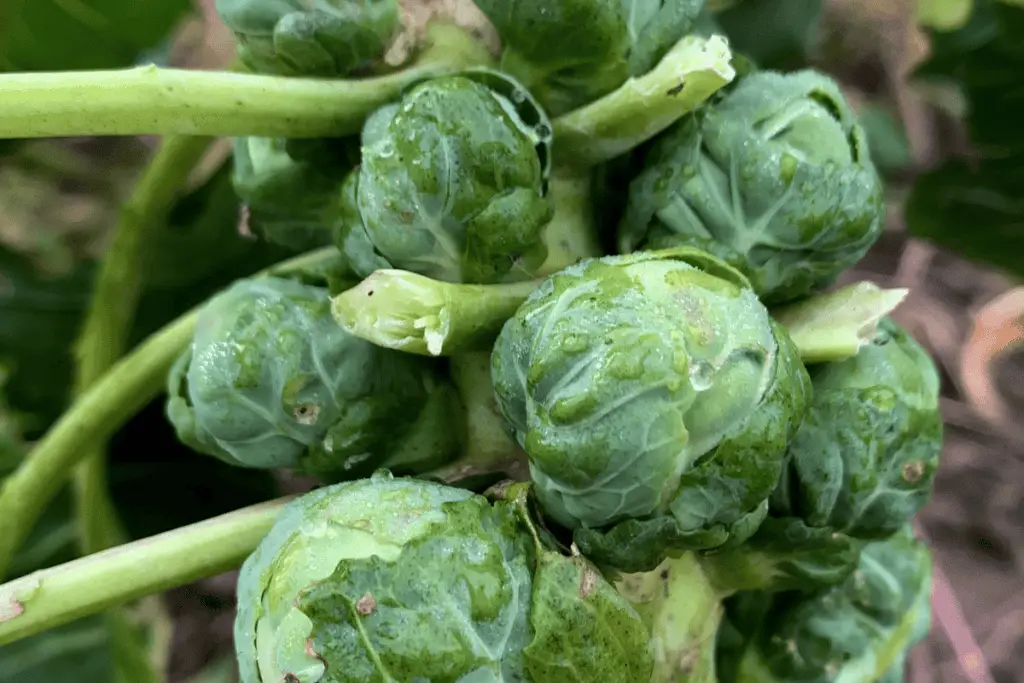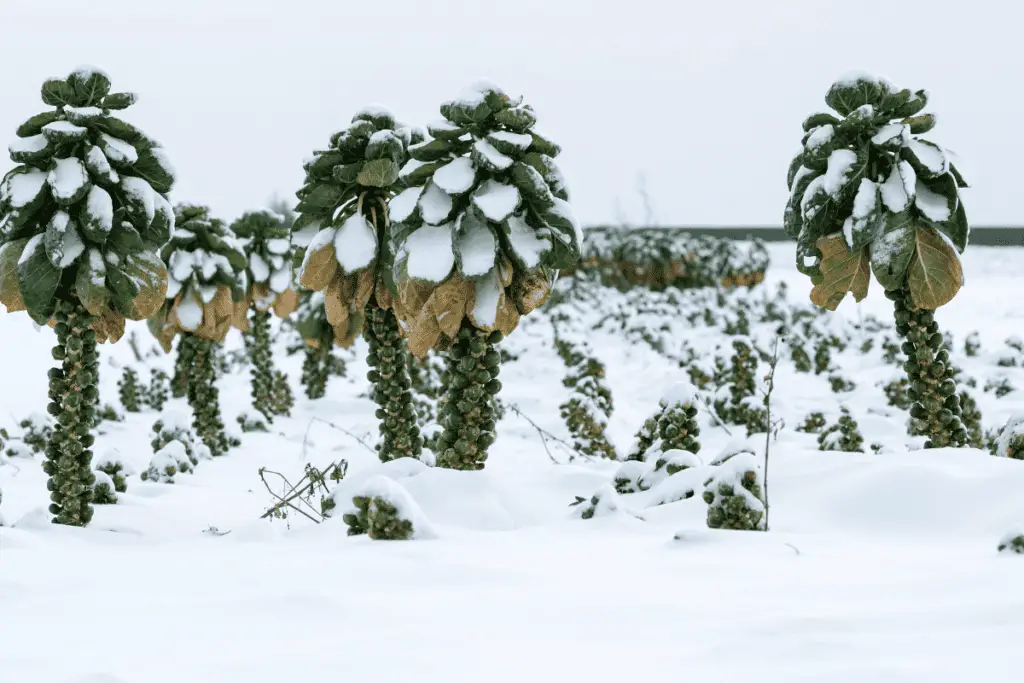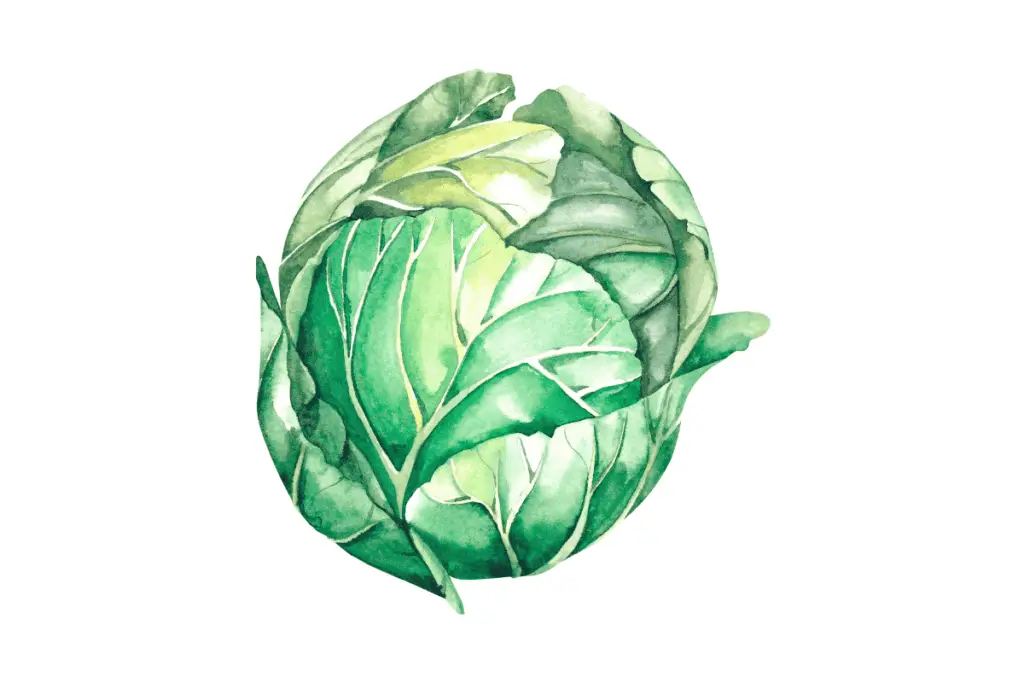Introduction Growing Brussels Sprouts in Any Climate

Welcome to the ultimate guide on Growing Brussels Sprouts in Any Climate. Whether you’re a seasoned gardener or a beginner, this comprehensive guide will walk you through the steps of cultivating these nutritious little gems in any climate. From choosing the right varieties to overcoming common challenges, let’s embark on a journey to cultivate the perfect Brussels sprouts harvest.
Choosing the Right Varieties
Selecting the appropriate Brussels sprouts variety is the first crucial step. Opt for cold-resistant varieties like ‘Long Island Improved’ for harsh climates or ‘Catskill’ for milder ones. Understanding your local climate is key to ensuring a successful harvest.
Consider Your Climate
Different varieties thrive in various climates. Explore options suitable for your region to maximize growth potential. Knowing your USDA hardiness zone is a good starting point.
Preparing the Soil
Creating a conducive environment for Brussels sprouts is vital for their development. Soil preparation plays a significant role in ensuring your plants receive the necessary nutrients.
Optimal Soil Conditions
Brussels sprouts prefer well-draining soil with a pH between 6.0 and 7.5. Incorporate organic matter to enhance fertility and moisture retention.
Companion Planting
Explore companion planting strategies to maximize space and deter pests. Plants like carrots and onions make excellent companions, creating a mutually beneficial environment.
Planting Brussels Sprouts

Now that your soil is ready, it’s time to get those Brussels sprouts in the ground. Proper planting techniques are essential for a healthy and robust crop.
Spacing and Depth
Plant Brussels sprouts 24 to 36 inches apart, allowing ample space for growth. Ensure each seedling is planted at the same depth as its nursery container.
Timing Matters
Understanding the right time to plant is crucial. Brussels sprouts thrive in cooler temperatures, so aim for a late summer or early fall planting.
Caring for Your Brussels Sprouts
Once your sprouts are in the ground, ongoing care is essential to ensure a bountiful harvest. From watering to pest control, let’s delve into the key aspects of nurturing your crop.
Watering Schedule
Maintain consistent moisture levels, especially during dry spells. Brussels sprouts require about 1 to 1.5 inches of water per week. Mulching can help retain soil moisture.
Fertilization Tips
Apply a balanced fertilizer during the growing season. High nitrogen levels are crucial for leafy growth, while phosphorus promotes sturdy sprout development.
Pest Management
Keep a watchful eye for common pests like aphids and cabbage worms. Consider natural remedies such as neem oil or companion planting to deter unwanted visitors.
Harvesting Your Brussels Sprouts

The moment of truth has arrived – it’s time to harvest your Brussels sprouts. Proper harvesting ensures the best flavor and quality.
Harvesting Timeline
Brussels sprouts mature at different rates. Begin harvesting from the bottom of the plant once the sprouts reach a desirable size, usually around 1 to 2 inches in diameter.
Post-Harvest Care
After harvesting, remove any yellowing leaves and store the sprouts in a cool, dark place. Proper storage enhances their flavor and longevity.
Common Challenges and Solutions
No garden is without its challenges. Brussels sprouts are no exception. Let’s explore common issues and effective solutions.
Yellowing Leaves
Yellowing leaves may indicate nutrient deficiencies or overwatering. Adjust your care routine accordingly, ensuring a balance of nutrients and moisture.
Pest Infestations
Combat pest infestations with natural solutions like insecticidal soap or introducing beneficial insects. Early detection is key to preventing extensive damage.
Conclusion Growing Brussels Sprouts in Any Climate
Growing Brussels sprouts is a rewarding journey that combines patience, care, and a touch of green thumb magic. By following this ultimate guide, you’re well-equipped to cultivate a thriving Brussels sprouts garden, regardless of your climate. Now, let the Brussels sprouts adventure begin!
Frequently Asked Questions (FAQs)
1. Can I grow Brussels sprouts in hot climates?
Brussels sprouts thrive in cooler temperatures, but with proper care, you can still grow them in milder climates. Choose heat-tolerant varieties and provide shade during scorching days.
2. How do I prevent cabbage worms from damaging my Brussels sprouts?
Introduce natural predators like ladybugs or use floating row covers to prevent cabbage worms from laying eggs on your plants. Regular inspection is essential.
3. Is it possible to grow Brussels sprouts in containers?
Yes, you can grow Brussels sprouts in containers. Choose dwarf varieties, use a nutrient-rich potting mix, and ensure the containers have proper drainage.
4. When is the best time to plant Brussels sprouts?
Late summer or early fall is the ideal time for planting Brussels sprouts. This allows them to mature during cooler weather, enhancing their flavor.
5. Can I use chemical fertilizers for Brussels sprouts?
While chemical fertilizers can be used, it’s recommended to opt for organic alternatives. Organic fertilizers promote soil health and contribute to a more sustainable gardening approach.
Latest Posts
- What Types of Lettuces Can You Grow?

- How to Plant Onion Seeds for Maximum Germination

- How to Plant Parsnip Seeds for Maximum Germination

- How to Plant Mushroom Seeds for Maximum Germination

- How to Plant Lettuce Seeds for Maximum Germination

- How to Plant Kale Seeds: A Step-by-Step Guide to Maximum Germination Success!

Additional Information
https://www.wikihow.life/Grow-Brussels-Sprouts




